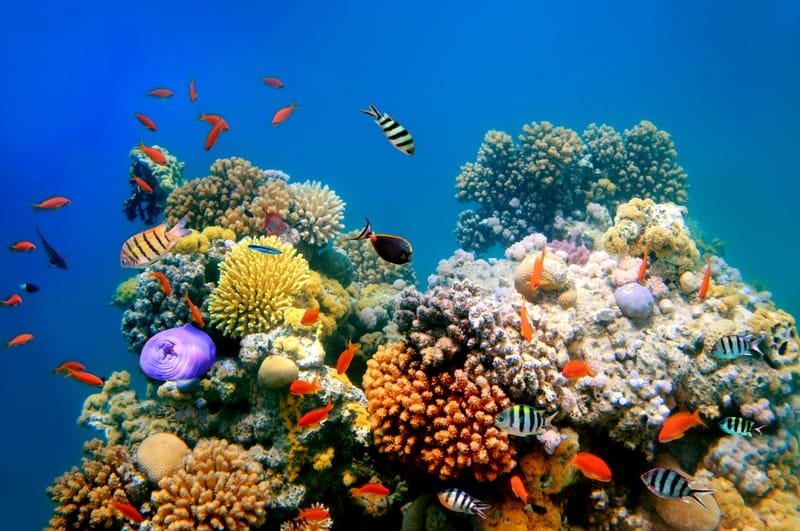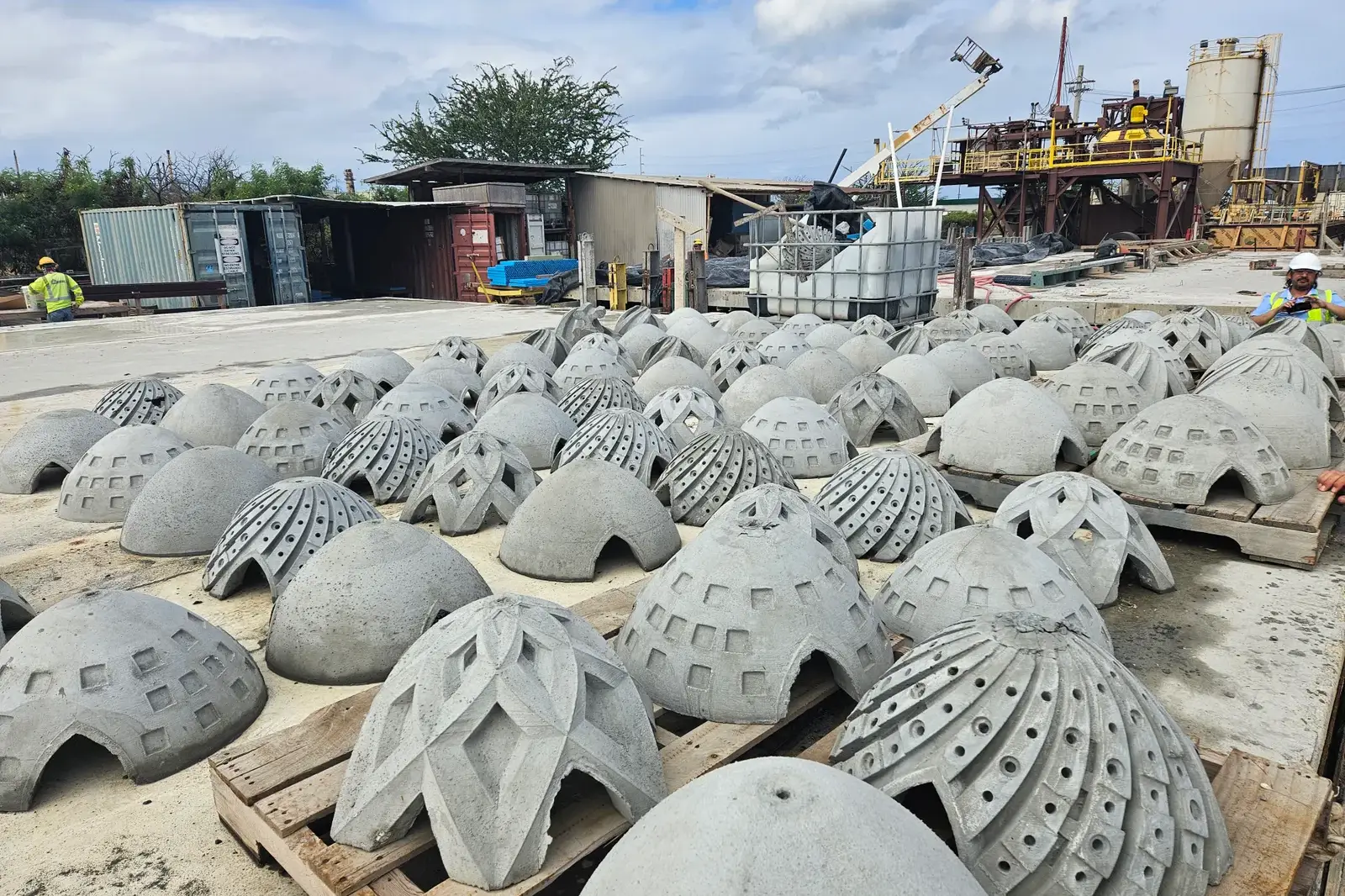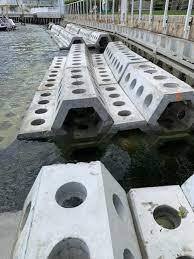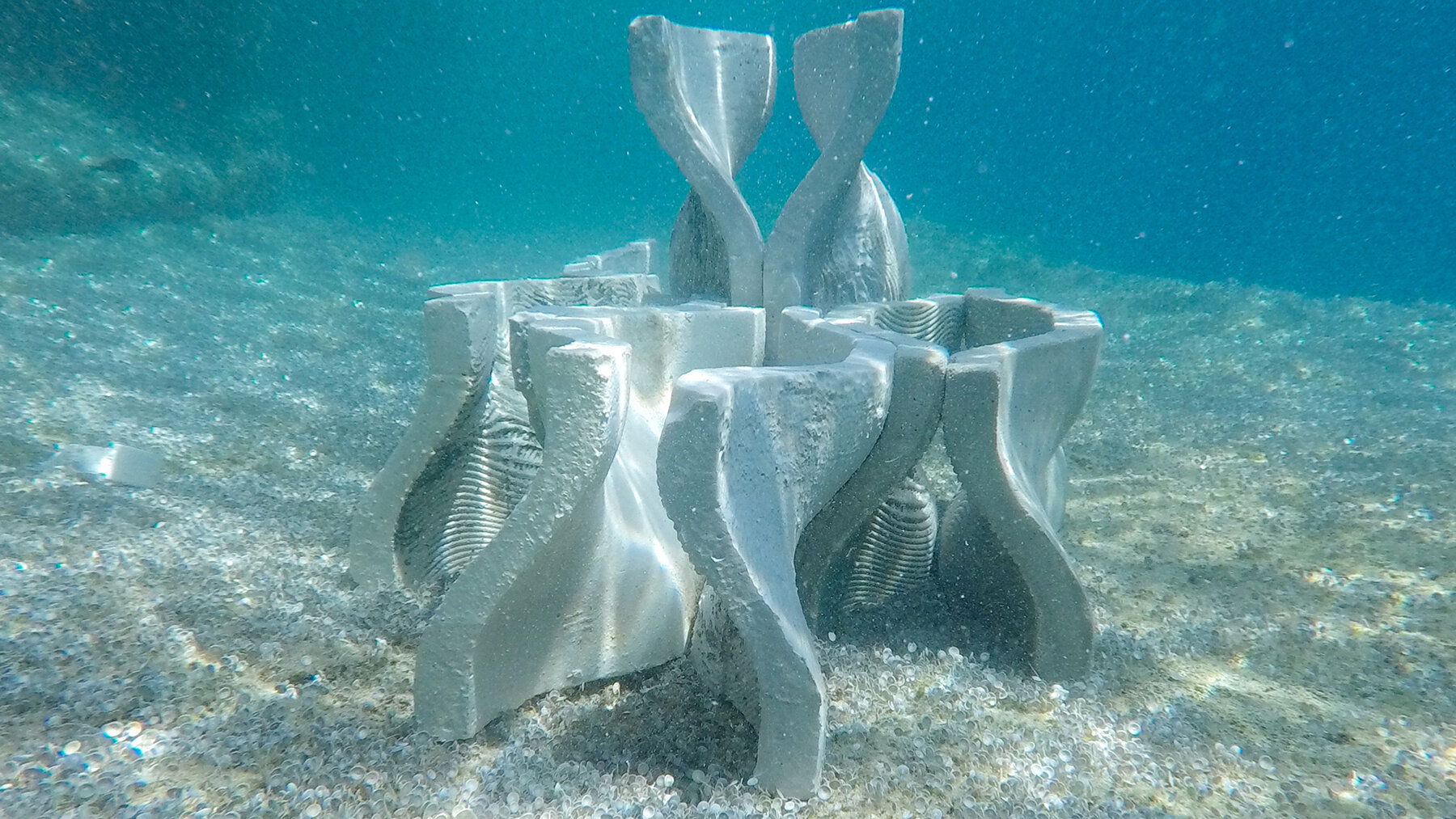Nearshore Artificial Reefs

📘 Everything You Need to Know About 3D-Printed Reefs
🧱 What Are 3D-Printed Artificial Reefs?
3D-Printed Reefs are custom-engineered marine structures, created from sustainable materials and designed to:
🌀 Reduce wave energy
🌊 Influence nearshore current dynamics
🏖️ Encourage natural sediment deposition
🪸 Support coral growth and reef regeneration
These structures not only protect shorelines, but also rebuild reef habitats vital to marine life.
🛡️ How Do They Protect the Coastline?
The unique shapes and porous configurations of 3D-printed reefs:
🌊 Dissipate wave energy before it reaches the shore
🧭 Redirect longshore drift to promote sediment accumulation
🏝️ Stabilise and rebuild eroded beaches naturally over time
🌱 Are They Eco-Friendly?
Absolutely. Our reef units are printed using marine-safe, sustainable materials such as:
🏗️ Calcium Carbonate-Based Concrete – Mimics natural reef chemistry
🧪 Geopolymer Cement – Non-toxic, highly durable, and reef-compatible
These materials support marine biodiversity and integrate naturally into the underwater environment.
🪸 Can They Support Coral Growth?
Yes. Our reefs are designed to house coral fragments from our in-house coral farm:
🌿 Provide attachment points for coral fragments
🌊 Accelerate reef regeneration and ecosystem recovery
🐠 Create microhabitats for fish and invertebrates
✅ Benefits of 3D-Printed Artificial Reefs
🛡️ Shoreline Protection
Reduce wave energy and stabilise beaches against erosion.
🌊 Natural Sediment Deposition
Encourage shoreline accretion through current redirection.
🪸 Coral Habitat Creation
Support coral growth and promote rich marine biodiversity.
🌿 Environmentally Sustainable
Made with eco-materials that are safe for marine ecosystems.
💰 Cost-Effective Over Time
Minimises the need for ongoing artificial beach nourishment.
⚠️ Are There Any Drawbacks?
📍 Site-Specific Design Required
Each installation must be backed by detailed modelling and site assessments.
🔧 Monitoring & Maintenance
Periodic inspections are essential for optimal performance and coral health.
🪸 Coral Fragment Care
Planted coral fragments require follow-up and care post-deployment.
⏳ How Long Do They Last?
Our reefs are built for decades of performance, designed to endure:
🌊 Harsh marine conditions
🧱 Structural wear
🌦️ Tropical storm impact
With periodic checks, they require minimal maintenance and maintain functionality over the long term.
🔧 Can They Be Customised?
Yes. Every reef can be fully tailored in:
📐 Shape and size
🧭 Orientation and layout
🌊 Hydrodynamic performance goals
This ensures optimal performance for shoreline protection, sediment management, or reef creation.
🌿 Why Choose 3D-Printed Reefs Over Traditional Solutions?
Unlike concrete seawalls or breakwaters, our reefs:
🪸 Enhance marine biodiversity
🌊 Restore natural coastal dynamics
🧱 Reduce visual and ecological impact
🌍 Serve dual roles as coastal defense + ecological restoration tools
They’re a smarter, greener, and more future-proof alternative.
🛠️ Our Process: Precision-Driven & Sustainable
Each project is managed through a step-by-step, science-backed methodology:
🔍 Site Assessment
Study wave climate, sediment movement, bathymetry, and erosion patterns.
📊 Data Collection & Modelling
Use AI, blockchain, and coastal hydrodynamic models to predict optimal placement.
🧪 Custom Reef Design
Engineer reef modules to match site-specific goals and sediment behaviour.
🏗️ Manufacturing
3D-print reef components with high accuracy, using durable eco-materials.
🧭 Installation Planning
Strategically plan placements for max protection with minimal environmental disruption. (EIA permit required)
🚢 Deployment
Install modules using eco-friendly anchoring systems at modelled distances from shore.
🪸 Coral Fragment Integration
Populate reef surfaces with nursery-grown coral fragments to foster reef development.
📈 Monitoring & Maintenance
Regular performance checks on reef structure, sediment deposition, and coral health.
🧩 Reef Module Designs
🟡 HexaDome
Rounded, multi-faced unit optimised for wave dissipation and fish habitat formation. Ideal for enhancing seabed structural complexity in high-wave energy zones.

🟢 HVE
Compact hexagonal structure engineered for shoreline defense against scouring and severe erosion. Provides a substrate for coastal and amphibious vegetation. Best suited for protection against hard structure erosion and infrastructures.

🔵 Yfalos
Inspired by natural reef slopes, this design features layered terraces that enhance benthic biodiversity, stabilise substrates, and guide sediment flow to naturally rebuild eroded shoreline. Perfect for lagoon rehabilitation and gentle nearshore transitions.

🎯 All designs are modular, scalable, and tailored for the specific conditions of each site.